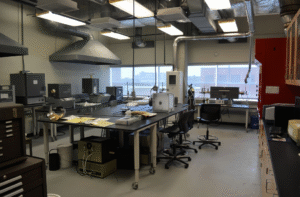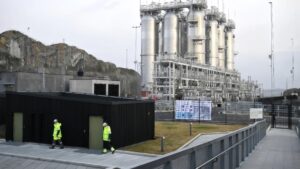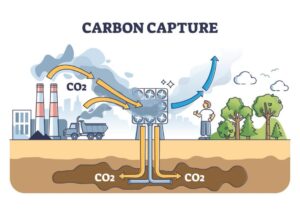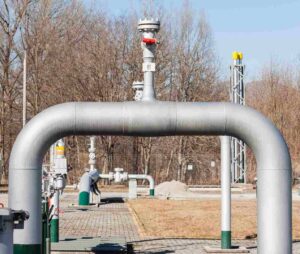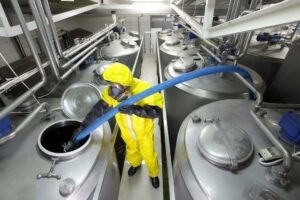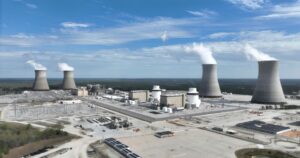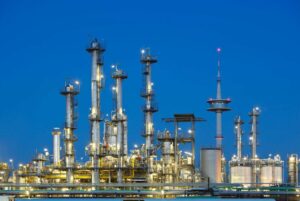Inconsistent tobacco quality and energy waste continue to plague the tobacco curing process—but flue gas analyzers offer a data-driven solution to both.
Flue gas analyzers significantly improve tobacco leaf production by optimizing combustion efficiency, stabilizing curing temperatures, and reducing environmental emissions through precise gas monitoring and control.
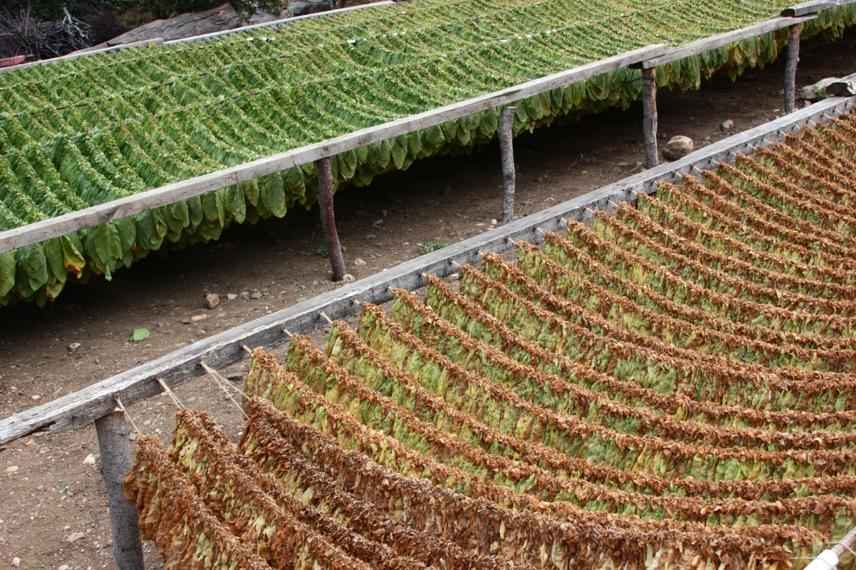
While the answer is clear, the real value lies in understanding how these instruments make such a measurable impact on every stage of tobacco production.
How Do Flue Gas Analyzers Optimize Temperature Control in Tobacco Curing?
Temperature fluctuations during tobacco curing lead to inconsistent leaf quality and increased rejection rates—but real-time combustion feedback changes that.
Tobacco curing is a highly sensitive thermal process that transforms freshly harvested leaves into a commercially viable product. During this stage, even slight temperature deviations can significantly affect the final product’s aroma, color, sugar retention, and moisture content. Traditionally, temperature control in curing barns has relied on manual monitoring and rudimentary thermometers, which lack the precision needed to respond to dynamic combustion conditions. This leads to frequent overheating or under-curing—both of which degrade leaf quality and uniformity.
Flue gas analyzers bring scientific control into this process by offering continuous, real-time insight into combustion quality. These devices measure key gas parameters in the exhaust stream, including oxygen (O₂), carbon monoxide (CO), and carbon dioxide (CO₂). By analyzing these concentrations, producers gain a detailed understanding of the combustion efficiency and the heat being generated by their fuel source—be it wood, coal, biomass, or gas.

For instance, a drop in O₂ levels accompanied by a rise in CO indicates incomplete combustion, often caused by insufficient airflow or excessive fuel loading. The flue gas analyzer instantly detects this and triggers alerts or automated system adjustments to rebalance the air-to-fuel ratio. This stabilization ensures that the curing chamber maintains the narrow temperature bands required for each stage—yellowing, leaf drying, and midrib drying—without harmful spikes or dips.
By stabilizing curing temperatures, flue gas analyzers not only improve leaf quality and reduce batch rejections but also enable a more predictable and replicable production cycle. This is especially crucial for large-scale tobacco processors aiming to deliver consistent output across multiple barns or processing lines.
How Do Flue Gas Analyzers Help Reduce Fuel Consumption?
Rising fuel costs and energy inefficiency drain profit margins—but flue gas monitoring identifies exactly where combustion losses occur.
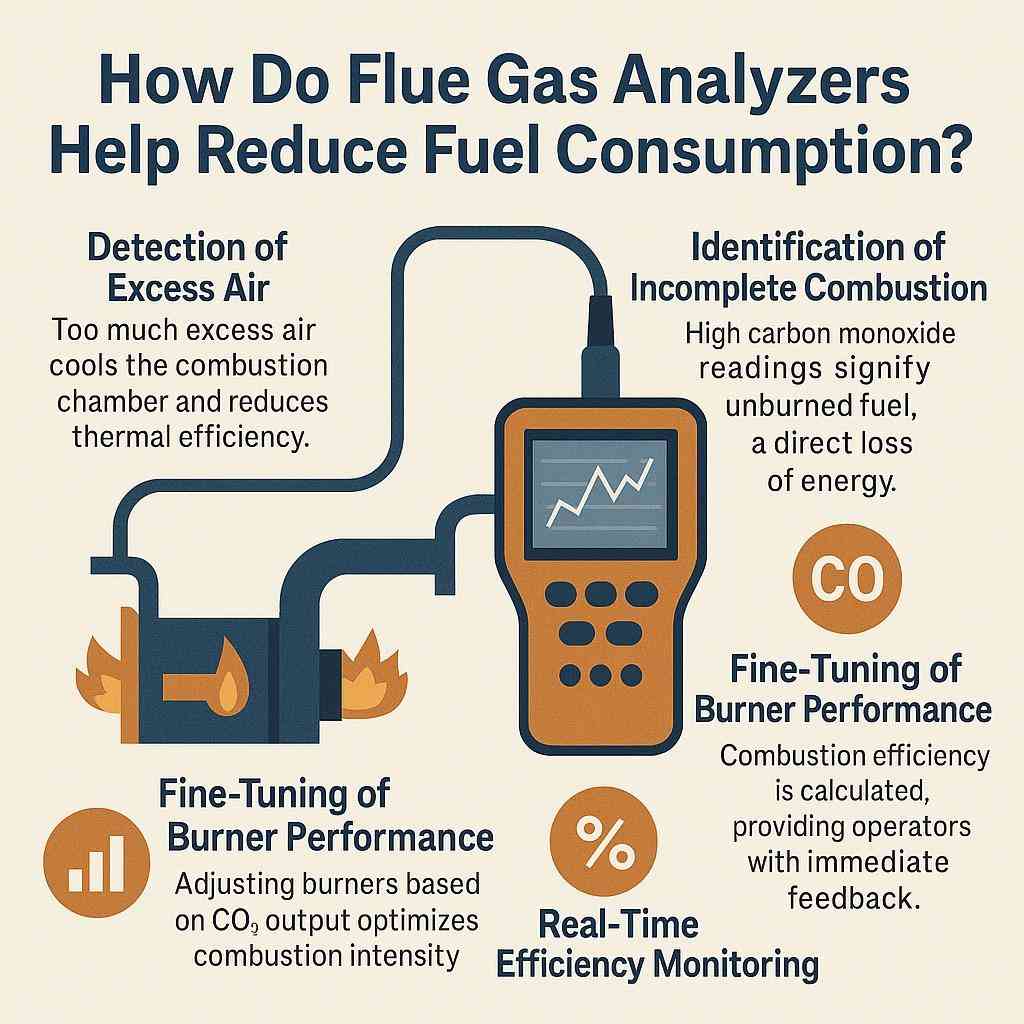
Flue gas analyzers offer a direct solution by monitoring the byproducts of combustion in real time. The key to reducing fuel consumption lies in optimizing the air-to-fuel ratio, ensuring complete combustion with minimal excess air. Here’s how flue gas analysis contributes to this:
1. Detection of Excess Air
- Too much excess air cools the combustion chamber and reduces thermal efficiency.
- Flue gas analyzers detect elevated oxygen (O₂) levels, indicating unnecessary air input, and prompt the system to reduce airflow to the optimal level.
2. Identification of Incomplete Combustion
- High carbon monoxide (CO) readings signify unburned fuel, a direct loss of energy.
- The analyzer helps adjust fuel feed rates or increase airflow to promote full fuel utilization.
3. Fine-Tuning of Burner Performance
- By continuously analyzing CO₂ output, which correlates with combustion intensity, operators can fine-tune burners for peak efficiency at every curing stage.
4. Real-Time Efficiency Monitoring
- Many modern analyzers calculate combustion efficiency as a percentage, giving operators immediate feedback on how well energy is being converted to heat.
In tobacco curing barns equipped with these analyzers, fuel consumption is often reduced by 10–20%, depending on the baseline conditions. This reduction not only lowers costs but also extends equipment lifespan by minimizing soot buildup and corrosion caused by inefficient combustion.
Ultimately, flue gas analyzers shift combustion control from reactive to proactive—empowering tobacco producers to optimize performance, reduce waste, and enhance sustainability without compromising curing quality.
Can Flue Gas Analyzers Improve Environmental Compliance?
Tighter emissions regulations are pressuring producers to upgrade their systems—but advanced analyzers ensure compliance without compromising productivity.
As environmental standards become more stringent across agricultural and industrial sectors, tobacco producers are facing increasing scrutiny over their combustion emissions. Curing barns, especially those using solid fuels like coal or biomass, are significant sources of pollutants such as nitrogen oxides (NOₓ), sulfur dioxide (SO₂), carbon monoxide (CO), and particulate matter (PM). Failure to manage these emissions not only risks regulatory penalties but can also damage corporate reputation and limit export opportunities.

Flue gas analyzers serve as essential tools in achieving and maintaining environmental compliance by enabling precise monitoring and control of emissions in real time. Their role in this context can be understood through the following key functions:
1. Continuous Emissions Monitoring
- Modern analyzers continuously measure concentrations of NOₓ, SO₂, CO, and O₂ in the exhaust stream.
- This allows operators to track compliance with national and local environmental thresholds without relying solely on periodic manual sampling.
2. Combustion Optimization for Emission Reduction
- Many emissions are a direct result of incomplete or inefficient combustion.
- By optimizing the combustion process (e.g., minimizing CO and unburned hydrocarbons), analyzers inherently reduce pollutant output at the source.
3. Support for Green Certification and Reporting
- Data generated by flue gas analyzers can be exported into digital logs or compliance reports.
- This is particularly valuable for companies seeking ISO 14001 certification or participating in ESG (Environmental, Social, and Governance) initiatives.
4. Adaptive Control Systems
- Integrated with automated controls, the analyzer can make real-time adjustments to airflow or fuel injection to avoid emission spikes.
In this way, flue gas analyzers not only help tobacco producers meet today’s environmental mandates but also prepare them for future regulatory shifts—supporting the industry’s broader transition to cleaner and more sustainable practices.
How Do Flue Gas Analyzers Impact the Economics of Tobacco Processing?
Low-grade batches and high energy bills hurt profitability—but precision gas monitoring turns losses into gains.
In tobacco processing, economic performance hinges on two tightly connected factors: operational efficiency and product quality. Flue gas analyzers directly influence both by introducing precision, predictability, and control into the curing process—traditionally one of the most variable and energy-intensive stages. By ensuring optimal combustion and temperature uniformity, these analyzers help reduce the number of undercured or overcured batches, which typically end up downgraded or rejected due to non-compliance with market standards for color, aroma, and texture. Higher uniformity across batches means a greater proportion of leaves qualify for premium-grade classification, significantly boosting overall revenue potential.
On the cost side, the impact is equally measurable. Improved combustion efficiency reduces fuel usage, often by 10–20%, which translates into immediate savings in energy costs—especially critical for facilities that rely on expensive or imported fuels. Moreover, optimal combustion conditions prevent the buildup of soot and corrosive residues in curing equipment, minimizing maintenance frequency and extending the lifespan of burners, heat exchangers, and flues. This lowers both planned and unplanned downtime, ensuring higher equipment availability and throughput.
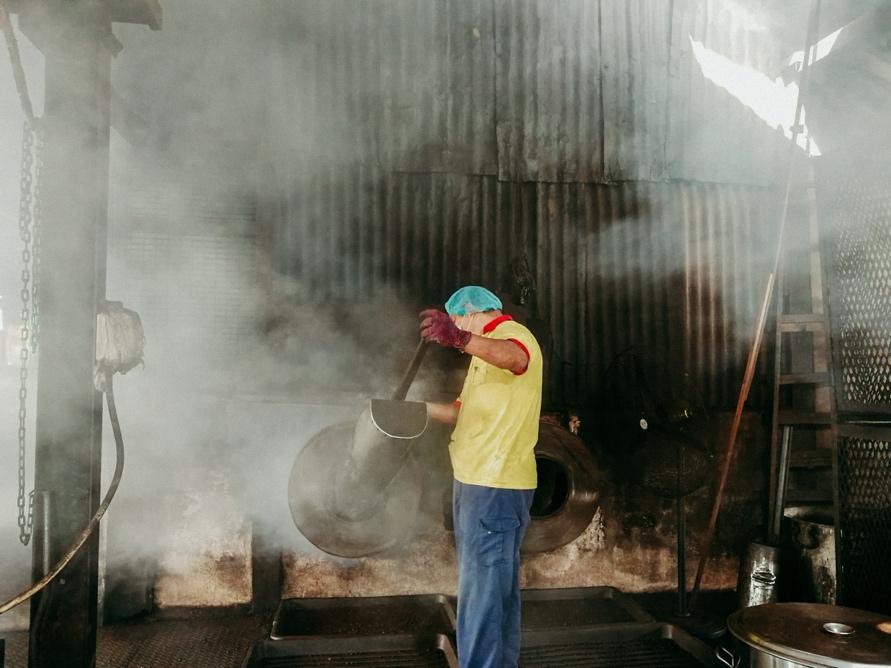
Flue gas analyzers also provide data transparency that supports better decision-making. With access to real-time combustion metrics, managers can fine-tune curing schedules, allocate resources more efficiently, and implement predictive maintenance strategies that further reduce operational disruptions. For large-scale tobacco processing operations, these benefits compound over time. Many facilities report a return on investment (ROI) within one curing season, especially when analyzers are integrated into a broader automation and control system.
In summary, flue gas analyzers are not just compliance tools or quality enhancers—they are powerful economic enablers that support a leaner, more profitable, and more competitive tobacco production model.
What Role Do Flue Gas Analyzers Play in the Digitization of Tobacco Agriculture?
The tobacco industry is embracing smart farming—but data-driven curing starts with accurate combustion analytics.
As tobacco agriculture enters the era of digital transformation, data collection and process automation have become essential for maximizing productivity, consistency, and sustainability. While much attention is given to field-based innovations such as precision irrigation or drone-assisted crop monitoring, the post-harvest stage—particularly tobacco curing—remains a critical frontier for digitization. Here, flue gas analyzers serve as foundational sensors in the broader architecture of smart tobacco production.
At the core of their digital value is the ability to provide continuous, real-time data on combustion conditions. Parameters such as oxygen (O₂), carbon monoxide (CO), carbon dioxide (CO₂), and flue temperature are captured with high accuracy and transmitted to centralized control systems. These readings are no longer isolated or manually logged—they feed into digital platforms that integrate with programmable logic controllers (PLCs), supervisory control and data acquisition (SCADA) systems, or cloud-based analytics dashboards.
This integration allows for several transformative capabilities. First, curing profiles can be dynamically adjusted based on real-time performance data rather than static assumptions, improving responsiveness and efficiency. Second, anomalies such as fuel inefficiencies or equipment malfunctions can be detected automatically, triggering maintenance alerts before serious breakdowns occur. Third, long-term data collection enables pattern recognition and predictive analytics, helping producers forecast fuel consumption, identify seasonal variances, and optimize labor and energy deployment.
Moreover, digital traceability—an increasing requirement in global tobacco trade—is made possible through these analyzers. By recording every aspect of the curing process, producers can generate transparent, verifiable records for clients, regulators, and auditors. In short, flue gas analyzers are not just tools for combustion control; they are smart devices that form the digital backbone of modern, data-driven tobacco agriculture.
ESEGAS Flue Gas Analyzer
The Flue Gas Analyzers UV-GAS-500 are specialized instruments used for emission monitoring and to measure various gases such as SO2, NO, NO2, CL2, H2S and O3. They can also be equipped with an optional gas sensor CO and CO2 for further CEMS (Continuous Emission Monitoring System) monitoring.
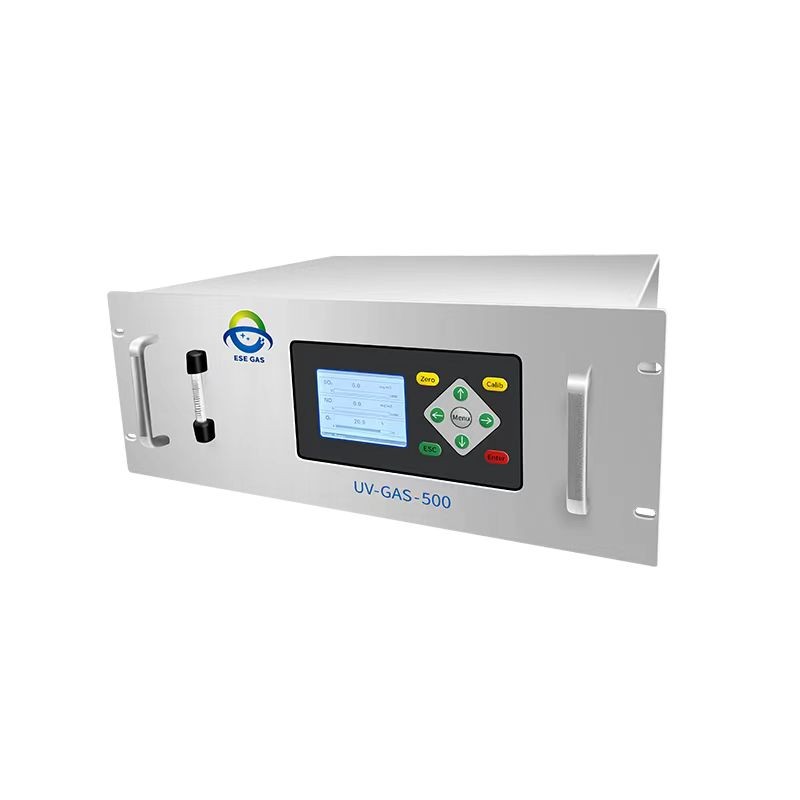
☑ We can measure SO2/NO/NO2/CO/CO2/O2 most five gases in one unit
☑ Getting NOX by directly measure NO and NO2 without a NO2-NO converter
Product Description
- The Flue Gas Analyzers UV-GAS-500 provide accurate and reliable readings in a variety of environmental conditions, allowing for better compliance with regulatory standards. For higher accuracy, the UV-GAS-500 can be customized to measure different range of gases or even multiple gases simultaneously. It is one of the most advanced solutions available for emission monitoring today. It is a reliable, cost-effective and easy to use instrument that can help organizations reduce their environmental footprint.
- CO,CO2 based on infrared correlation filter technology (GFC) and non-dispersive infrared absorption method (NDIR),Plus self-designed long optical path gas absorption cell(L-cell)wavelength filter,an infrared detector,and high -precision signal processing circuit composition, to complete the quantitative analysis of gas in the infrared band.
- Flue Gas Analyzers UV-GAS-500 can be used in a wide range of industries and applications, from industrial processes such as combustion engine testing and boiler performance monitoring to research laboratories. In addition, they are also often used for regulatory compliance purposes, providing accurate readings of emissions levels in order to ensure that companies meet mandated environmental standards. With the right emissions gas analyzer, businesses can not only ensure compliance but also actively monitor their emissions levels to make sure that their processes are running as efficiently and sustainably as possible .
- Waste incineration flue gas emission detection and other fields
- Industrial process gas analysis
- Flue gas emission monitoring
Conclusion
Flue gas analyzers empower tobacco producers to enhance quality, reduce fuel costs, and meet environmental standards—all while moving toward smarter, more efficient operations.
If you would like to learn more, please contact us and we will get back to you as soon as possible.








